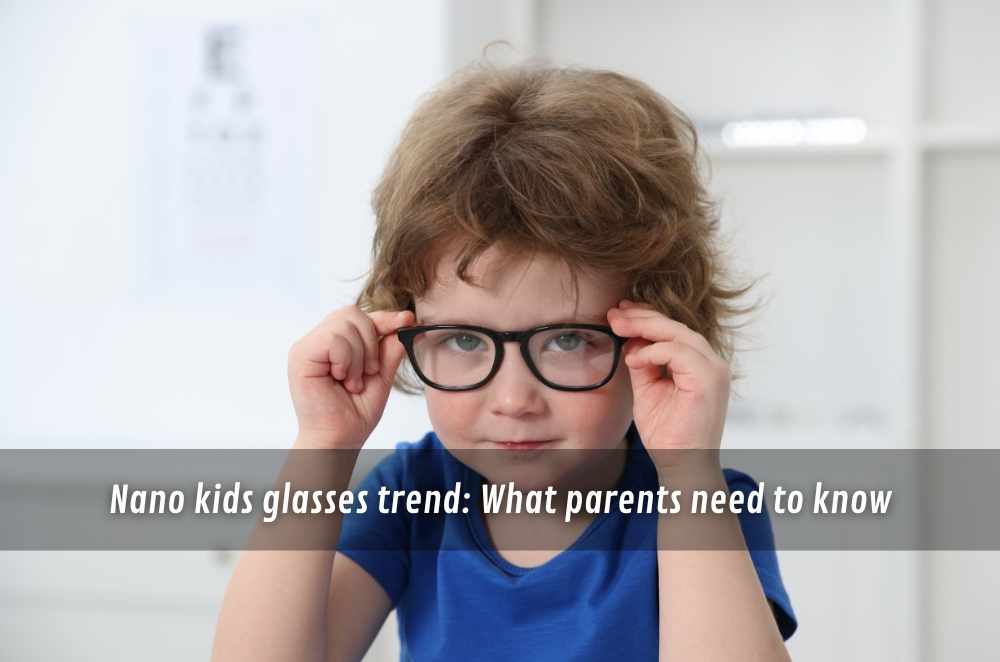
Lately, more parents are talking about lightweight, bend-friendly frames for children. The idea behind the “nano” trend is simple: glasses that keep their shape even after being tugged, dropped, or stuffed into a schoolbag. It’s not a flashy gimmick—just a practical response to the reality of active kids. A frame that can handle rough-and-tumble play, sit comfortably through a full day of classes, and survive a quick nap on the couch ends up being worn more often, which means better vision all around. When I first saw how well flexible glasses for kids held up after weeks of classroom chaos, it clicked that durability matters just as much as lens strength. Parents aren’t chasing a trend; they’re looking for eyewear that can keep pace with growing children, without turning every breakage into an optometry emergency.
What the ‘nano’ idea really means day to day
“Nano” isn’t magic—it’s practical design choices that cut down on breakages and complaints. In everyday family life, that translates to fewer emergency fixes and a smoother school routine.
Flexible temples distribute pressure and bounce back after rough handling.
Lightweight fronts reduce red marks and help kids forget they’re wearing specs.
Rounded edges and soft-touch bridges reduce rubbing on smaller noses.
Strap-ready options keep frames steady during sport or playground games.
Optometrists at Specsavers have commented on how parents tend to prioritize durability once they’ve experienced one broken pair too many. That shift in expectation has nudged the entire market toward designs that balance strength and comfort—proof that lived experience shapes industry just as much as innovation.
In the clinic, I’ve seen the difference when a child moves from rigid, screw-heavy frames to a lighter, bend-friendly pair. Complaints about slipping and “pinchy” ears fade. Reading time goes longer. The frames survive a tumble off the desk. It’s not a gimmick; it’s thoughtful ergonomics scaled for small heads.
Fit and materials that survive school life
Good frames feel invisible. That comes from a clean match between face shape, bridge design, and temple curve—plus lenses that don’t weigh things down.
Look for soft, broad contact at the bridge rather than narrow, hard points.
Ask about impact-resistant lens materials (polycarbonate or Trivex).
Try a gentle curl at the temple tips so the glasses grip without squeezing.
Prefer simple, robust joints over fiddly screws that loosen quickly.
A quick “head turn and jump” test tells you a lot: if frames stay centred through a few hops and a glance left-right-up-down, you’re close. If they slide, tweak the nose fit or temple bend rather than tightening everything until it pinches. Kids will wear what feels good—comfort is the best compliance tool you’ve got.
Contact lens safety basics for children
Some families consider contact lenses for sports or special occasions. The key is hygiene, supervision, and realistic routines—especially for younger eyes still learning good habits. When in doubt, start slow: glasses most days, contacts for short, supervised windows. That way, you preserve the eye’s surface health while giving kids the freedom they want for key activities. For a clear, health-first overview, Canada’s public health guidance on safe contact lenses for children sets out sensible principles around wear time, hygiene, and when to pause use if eyes look red or feel gritty. It’s not a push toward contacts—more a reminder that cleanliness, fit, and follow-up matter more than any brand promise. Pair that with your optometrist’s advice so you’ve got a routine that fits your child’s age and attention span.
Start with short wear times and build gradually if eyes remain comfortable.
Make handwashing non-negotiable before touching lenses or eyes.
Keep a backup pair of glasses handy for tired eyes or late nights.
Pause wear at the first sign of irritation; book a check if symptoms persist.
Style without fuss: weekend eyewear choices
Outside the classroom, kids often want glasses that feel more like an accessory than medical gear. That’s fair enough—if frames look fun, children are far more likely to wear them without complaint. The key is making sure style never overrides protection or comfort. UV-blocking lenses, lightweight frames, and shapes that don’t pinch are the real non-negotiables.
Many families end up looking at fashion sunglasses for kids as a way to cover weekends at the park, sports days, and family outings. The drawcard is simple: bright colours, playful shapes, and frames tough enough to survive a bit of rough handling. When children actually enjoy how their sunnies look, they keep them on longer—and that’s what protects their eyes when the sun is strongest.
Choose UV-certified lenses with impact resistance.
Pick colours or shapes that your child feels excited to wear.
Make sure the fit works with hats or helmet straps.
Keep a sturdy case in the school or sports bag.
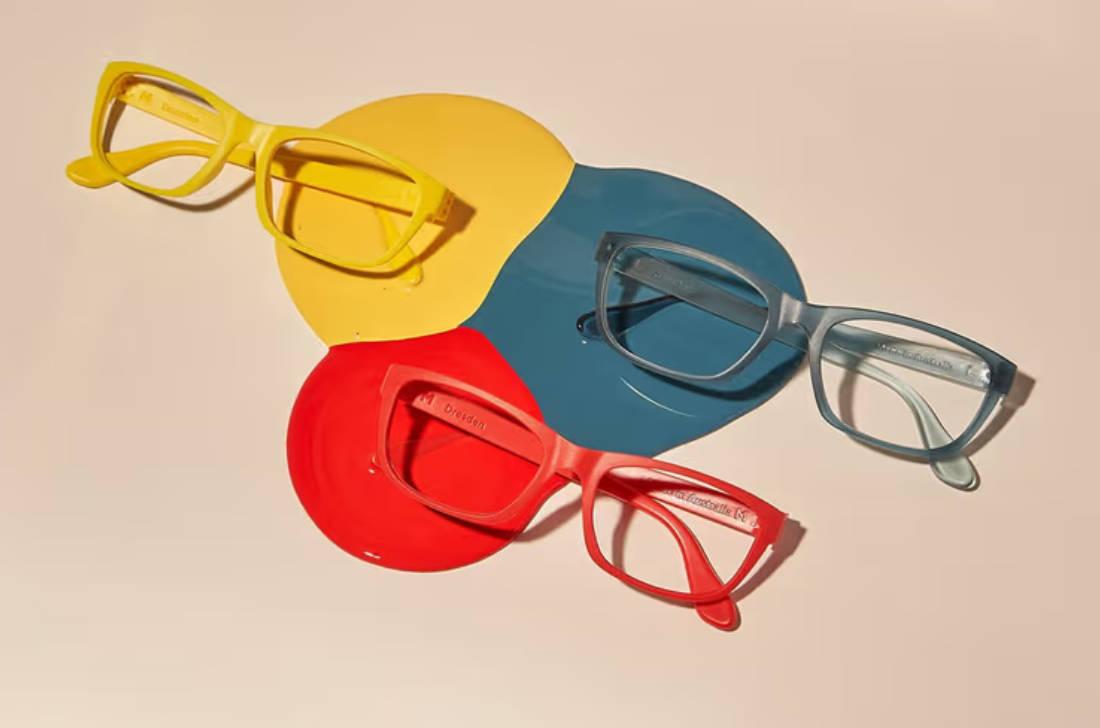
A practical checklist before you buy
You don’t need to memorize specs or brand names. A simple, repeatable check will save you time and return visits.
Bridge comfort: no sliding with a light head shake; no pinching after ten minutes.
Temple length: past the ear with a soft curl; no pressure hotspot at the mastoid.
Lens choice: impact-resistant material; anti-scratch and anti-reflective if glare is an issue.
Spare parts: ask whether arms or joints can be replaced quickly if life happens.
This quick approach keeps the focus on comfort and durability rather than buzzwords. If the frame passes the checklist, your child is more likely to keep them on through reading, sports, and screen time without constant reminders.
Final thoughts
Trends come and go, but the reasons behind this one are clear. Lighter frames, forgiving materials, and child-friendly designs reduce breakages and make life easier for families. When glasses fit well and feel comfortable, kids wear them without reminders—that’s what really makes a difference in their vision and learning.
For families stepping into longer-term eye care, it helps to understand how prescription glasses for children shape routines over time. Regular check-ups, small adjustments, and choosing lenses that match a child’s daily activities can make the difference between glasses that stay on the face and ones that live at the bottom of a schoolbag. The nano trend isn’t just about buzz—it’s about giving kids eyewear that supports their lifestyle, while giving parents peace of mind.

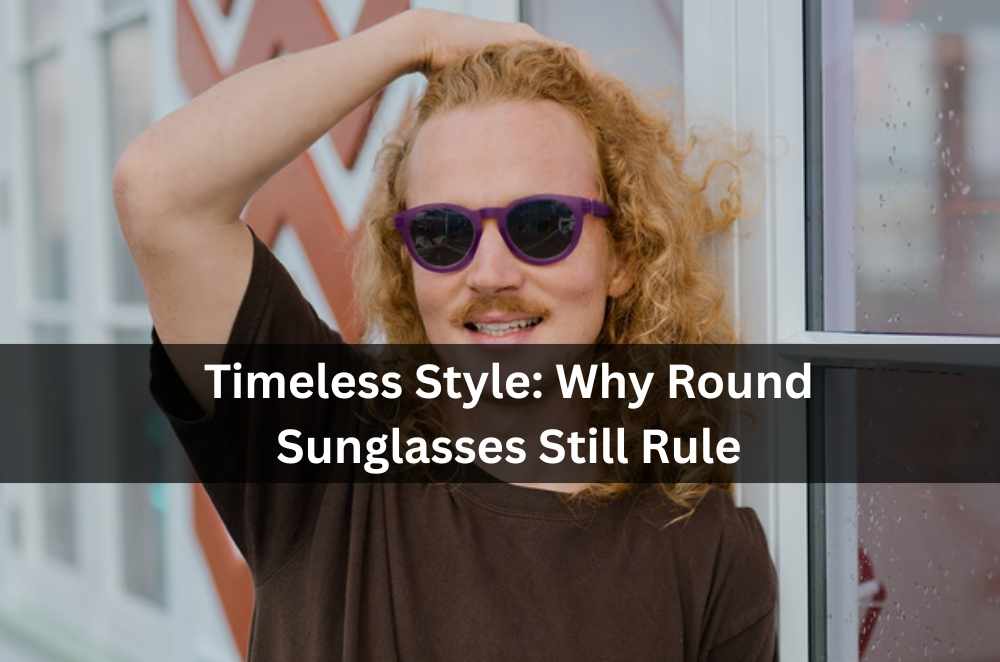



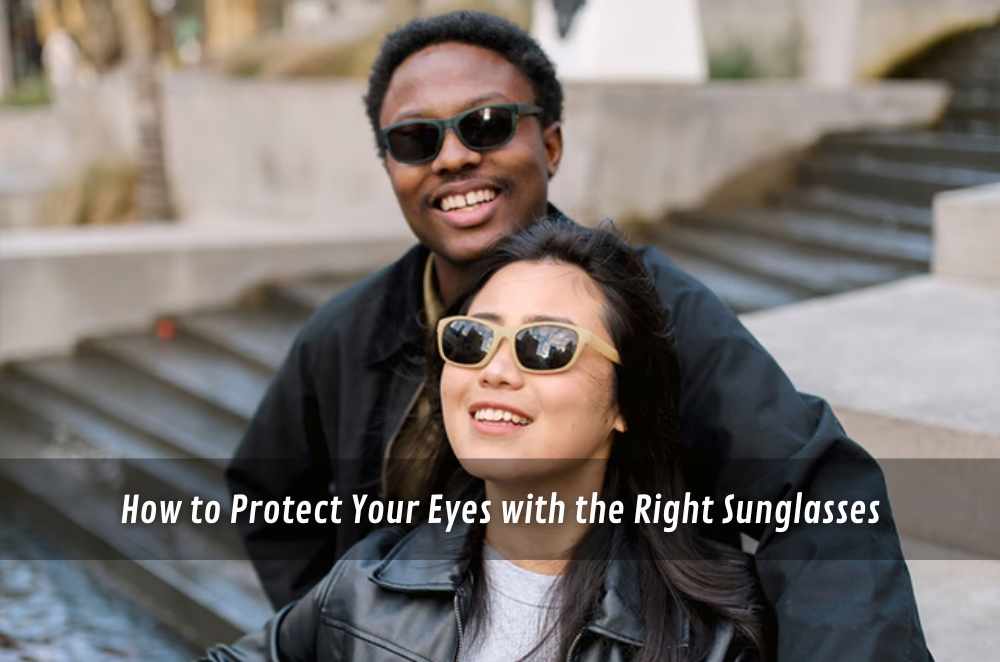
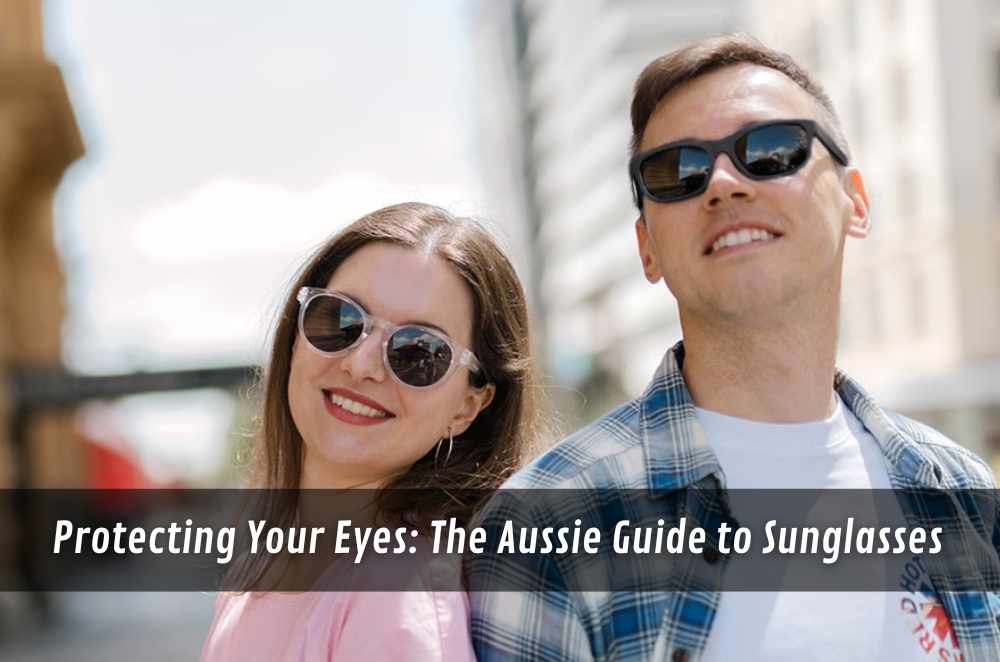


Write a comment ...